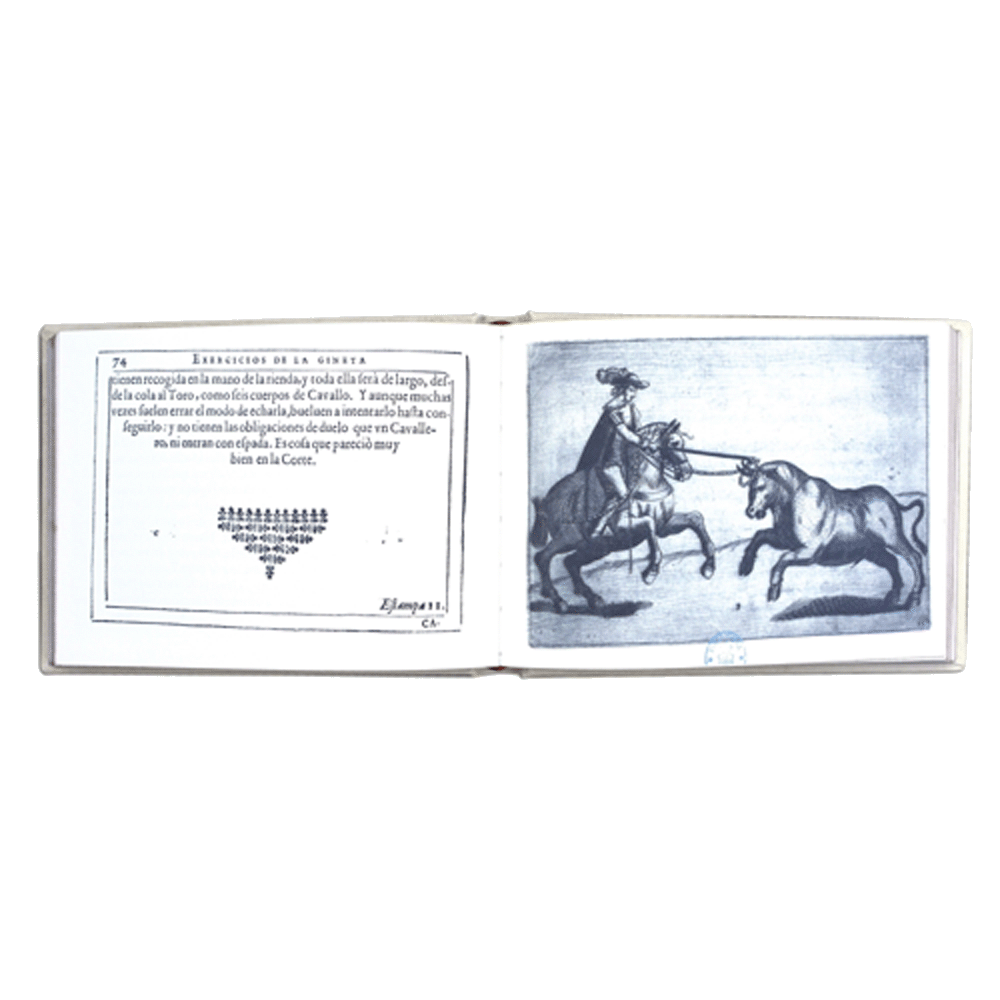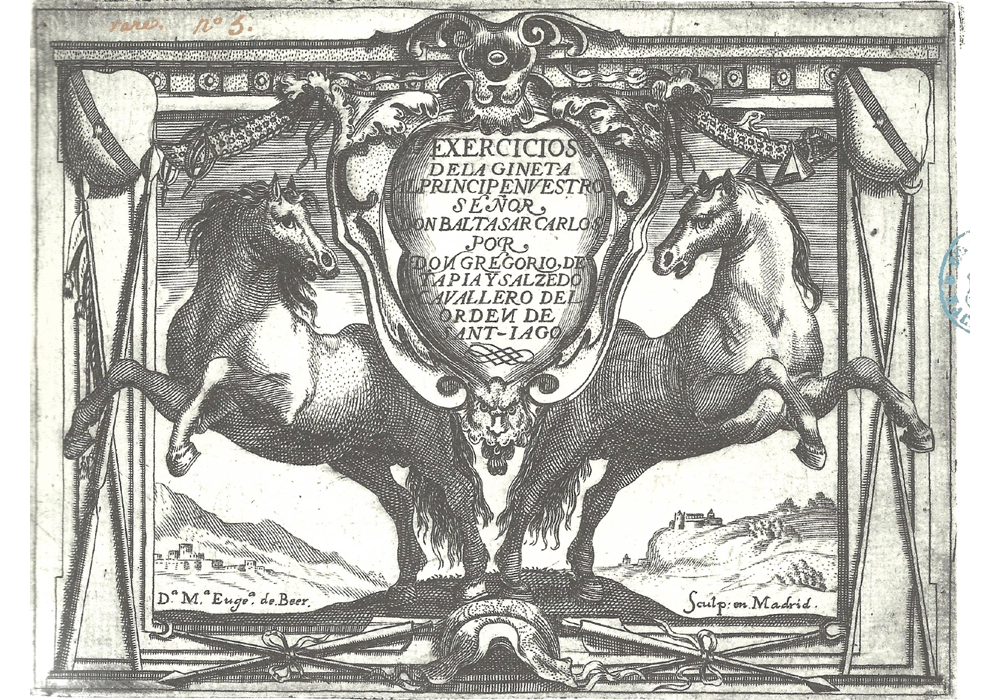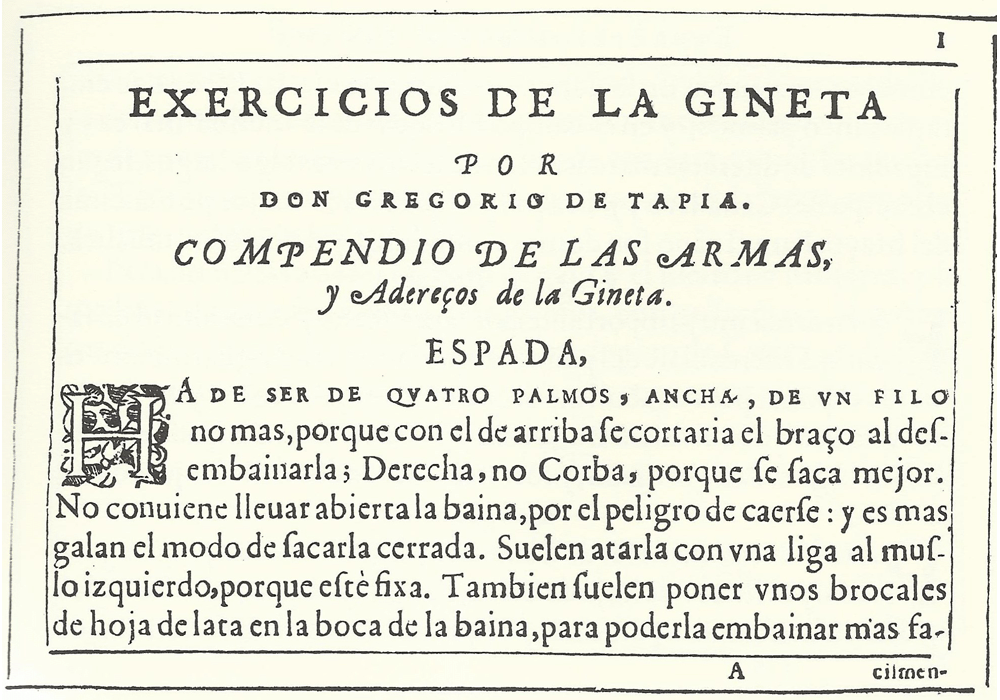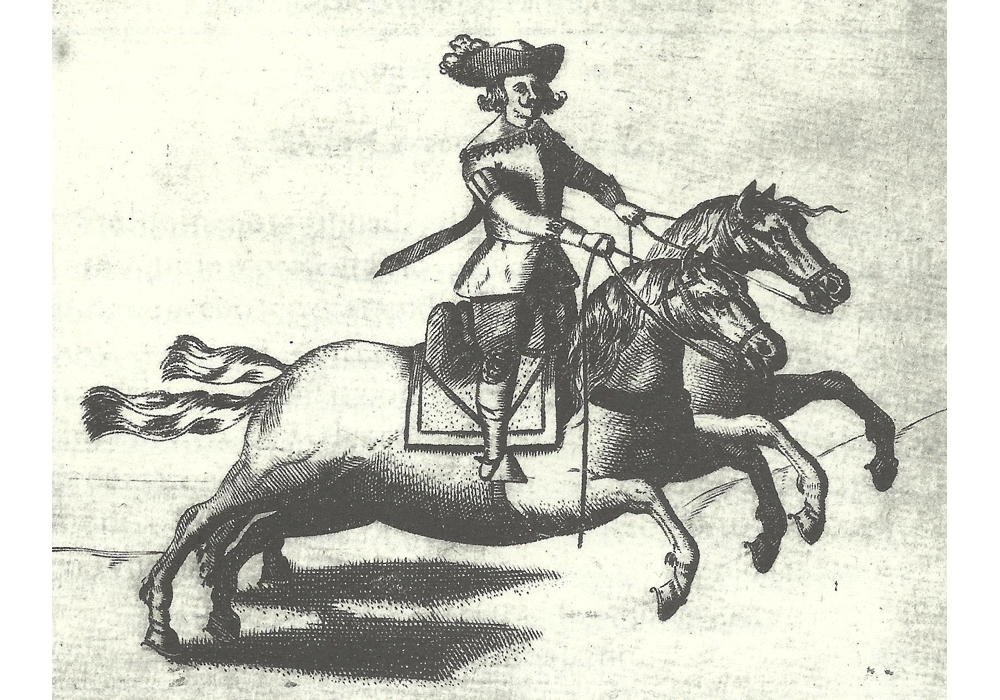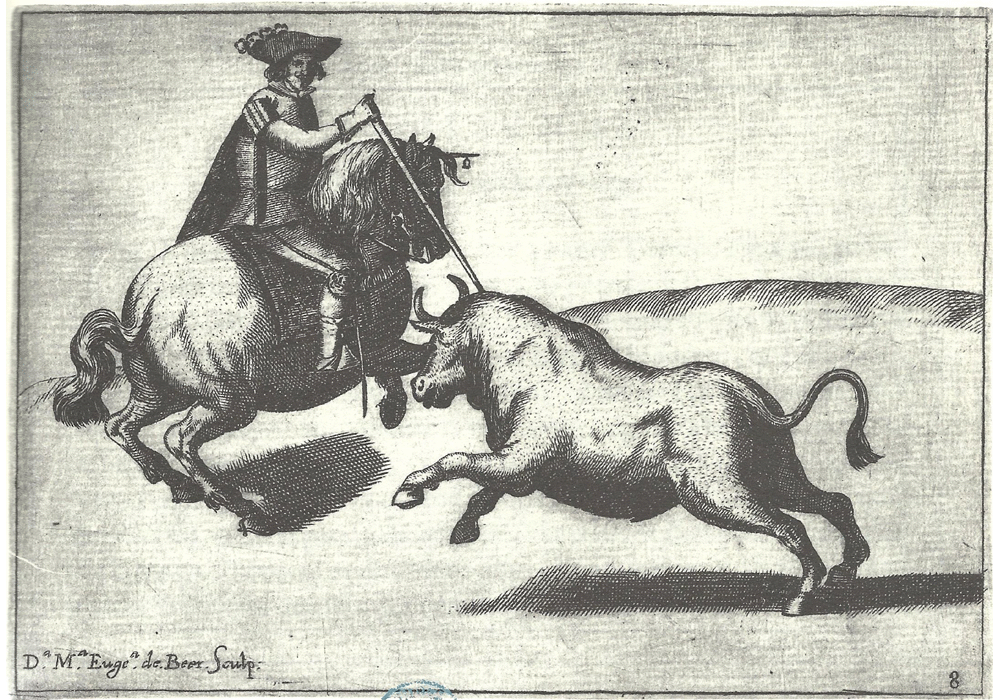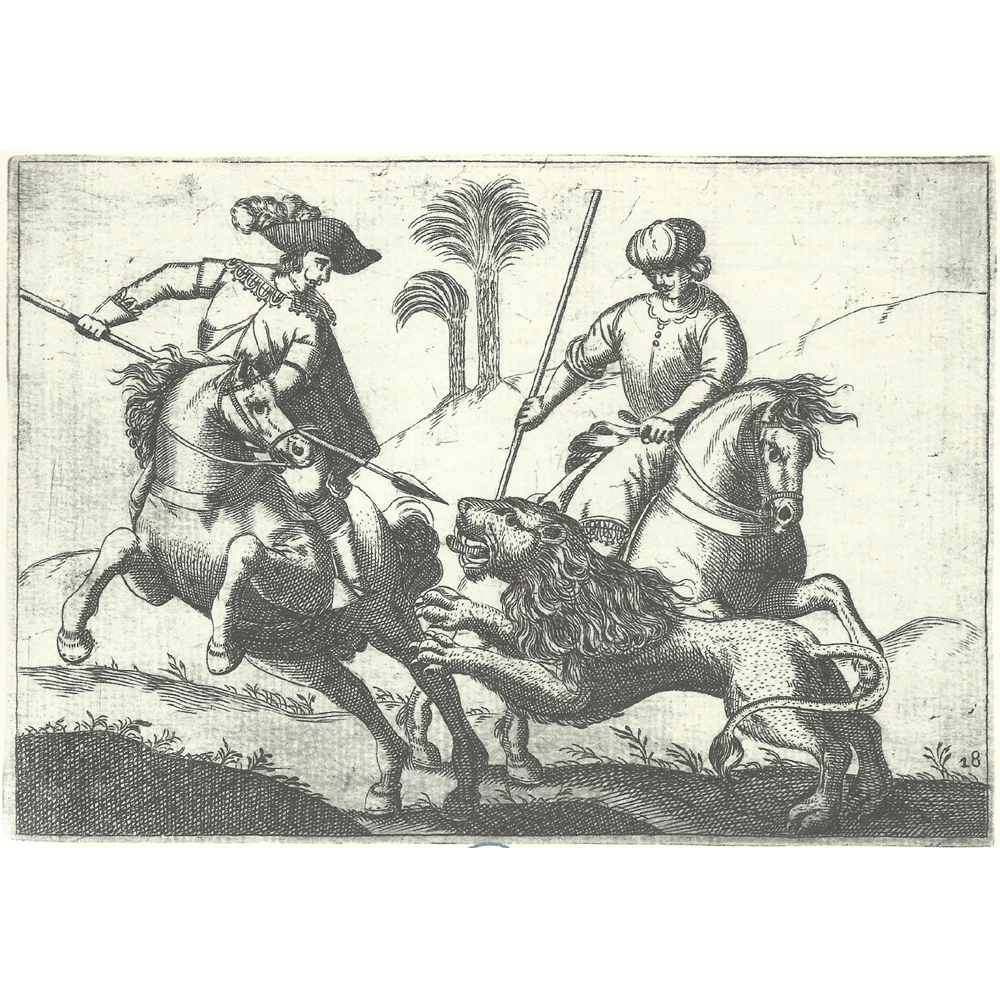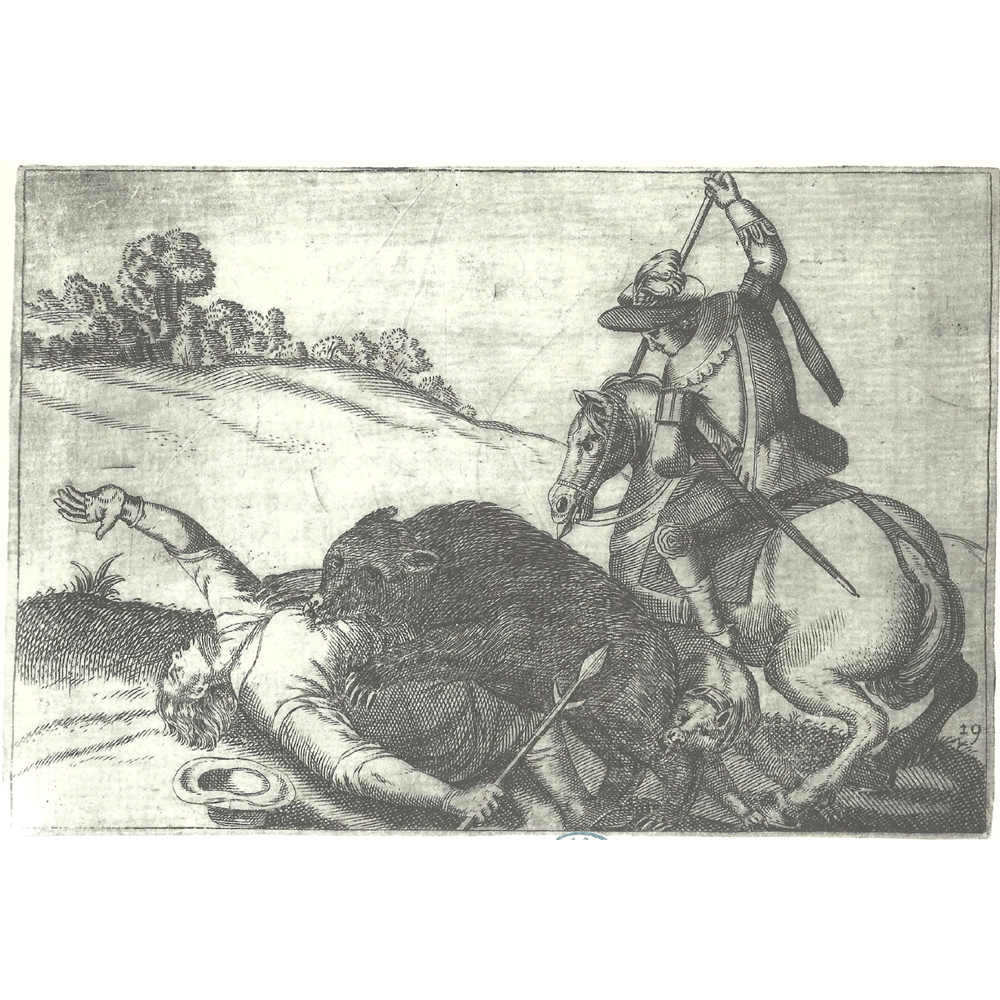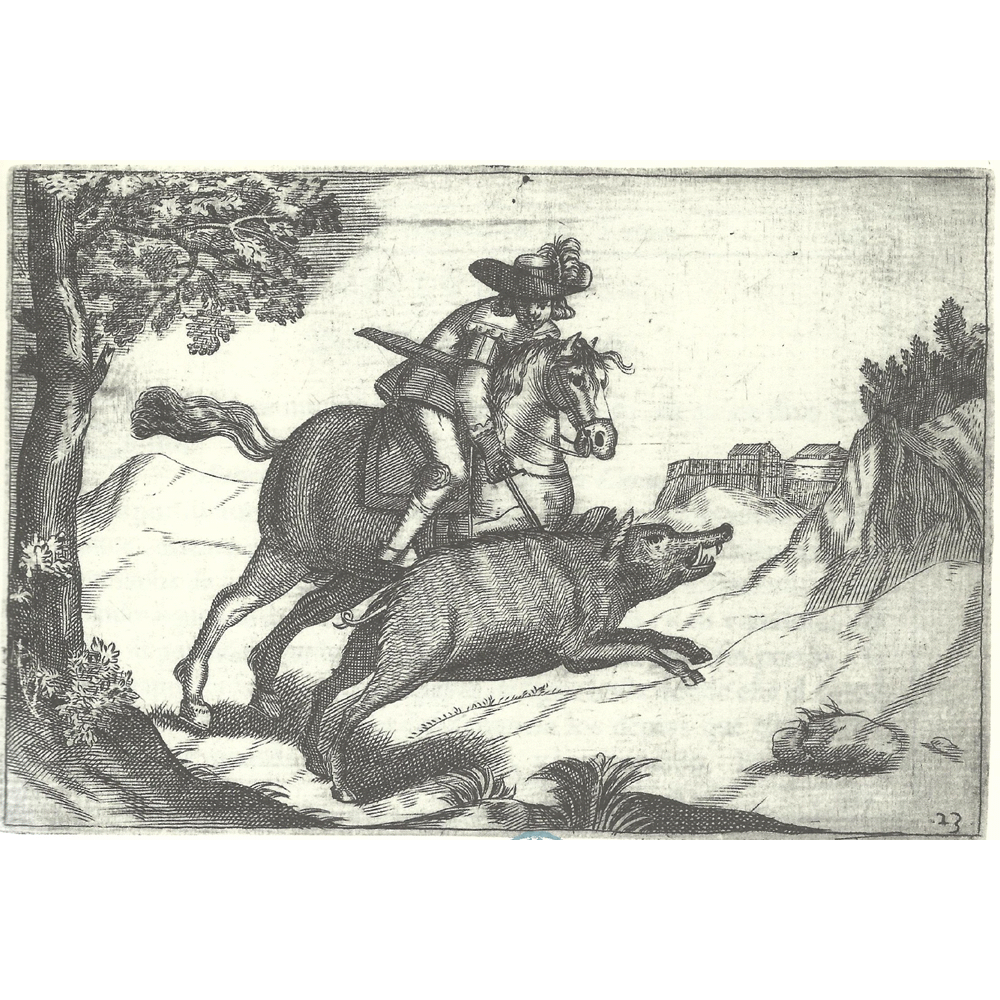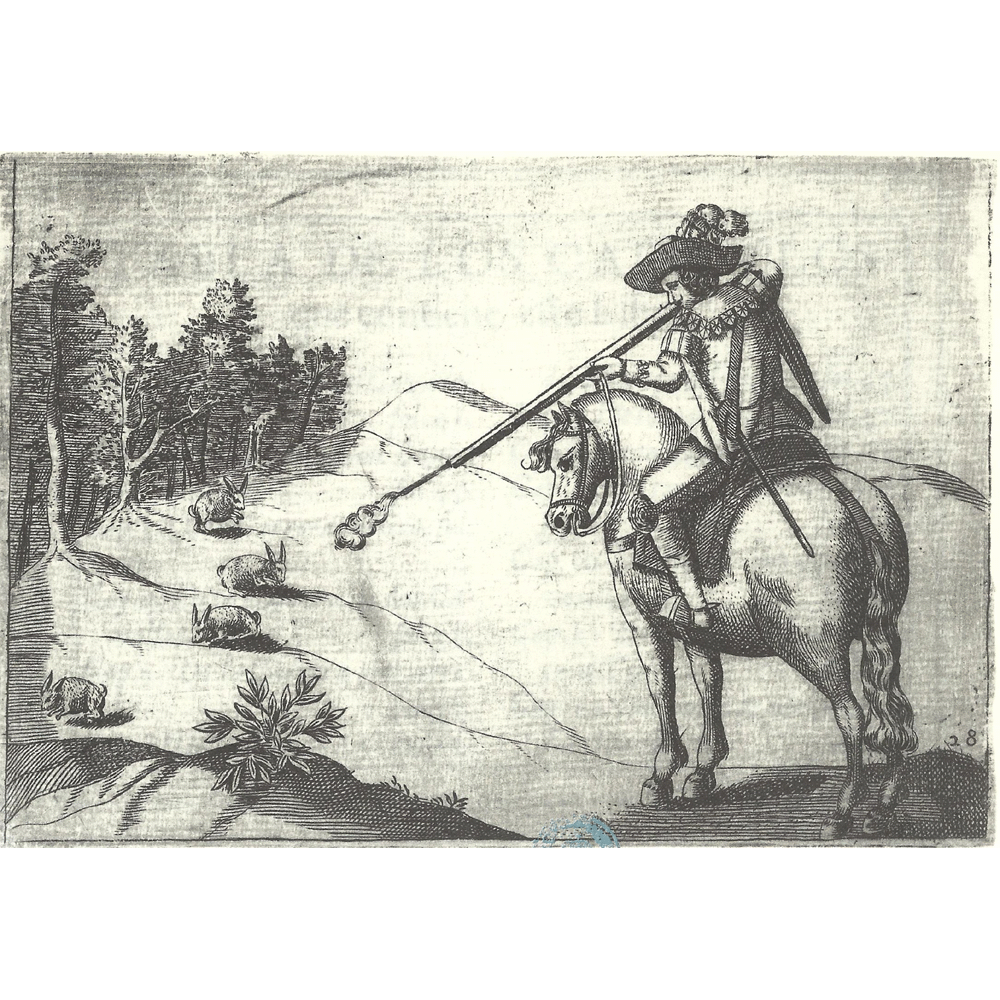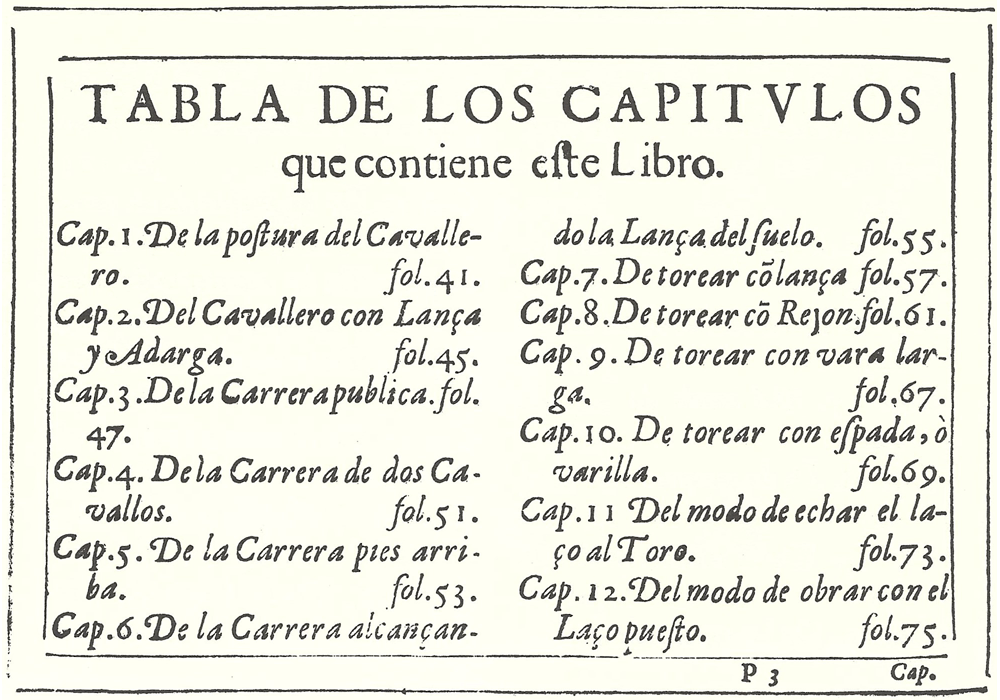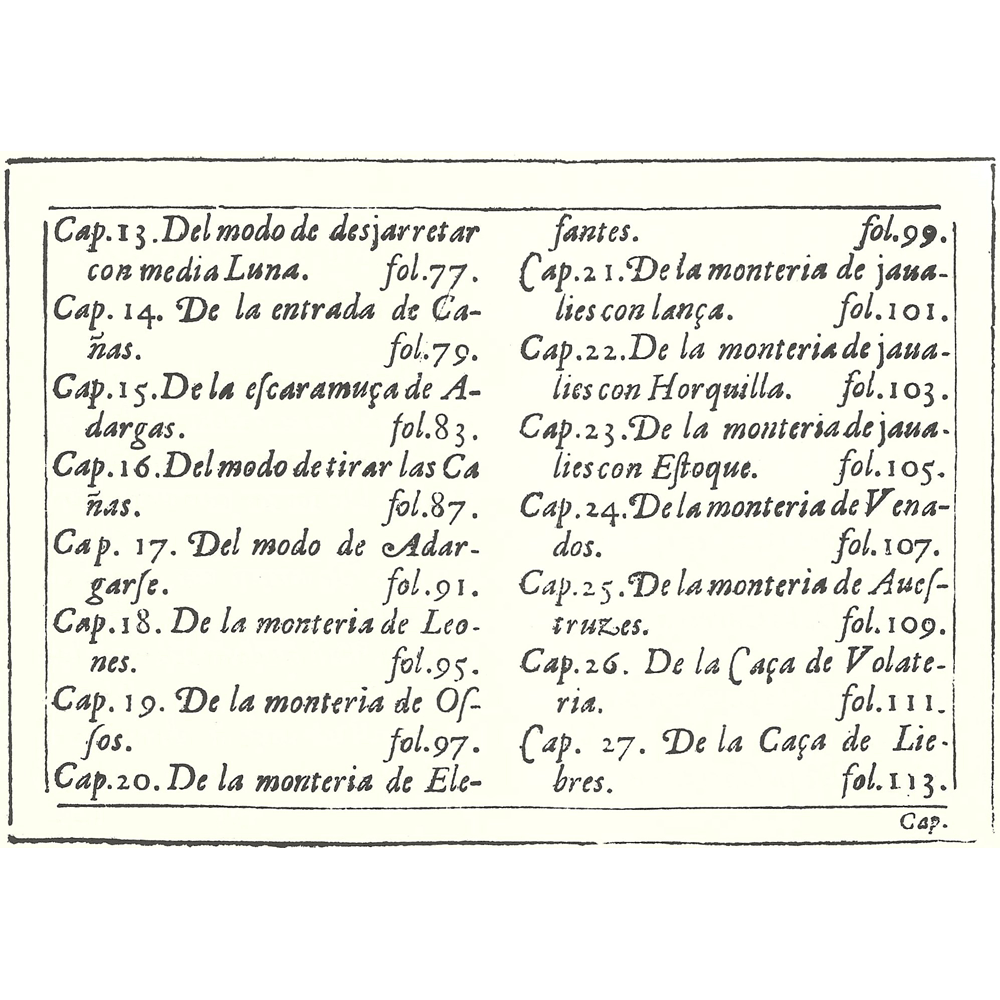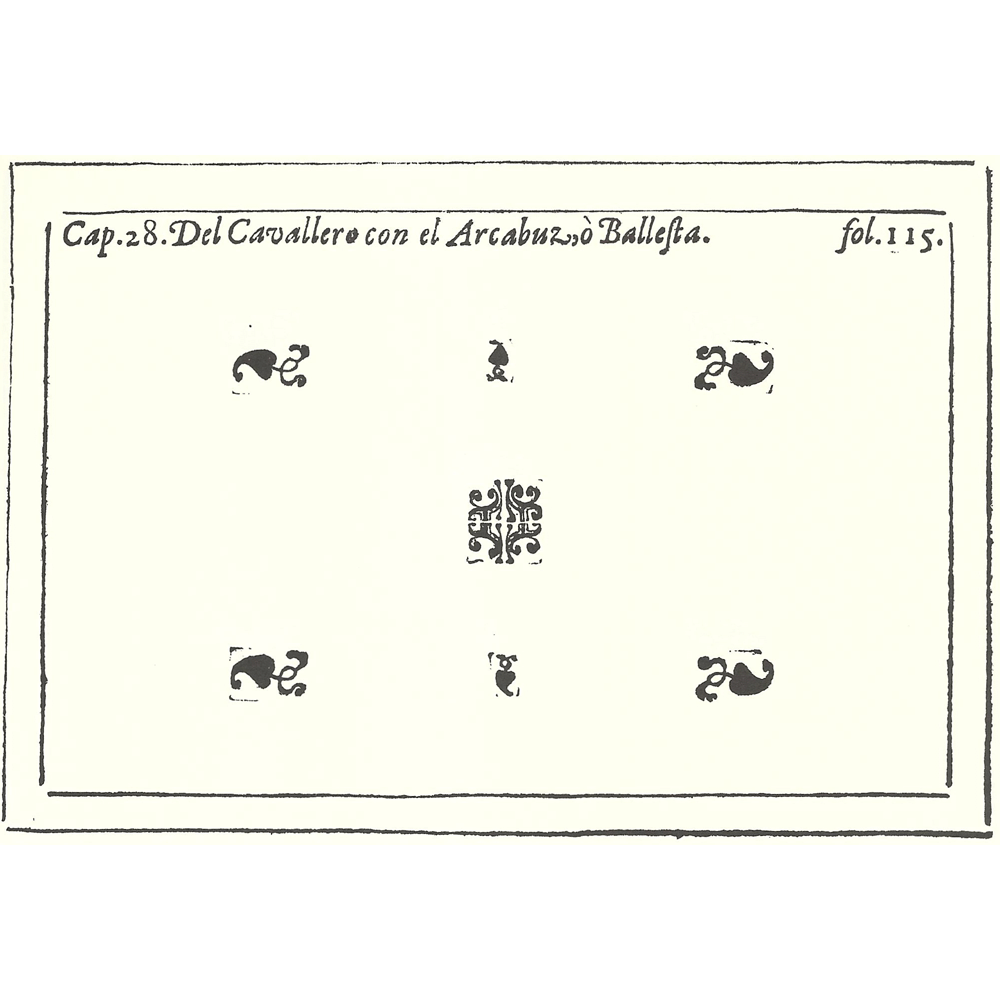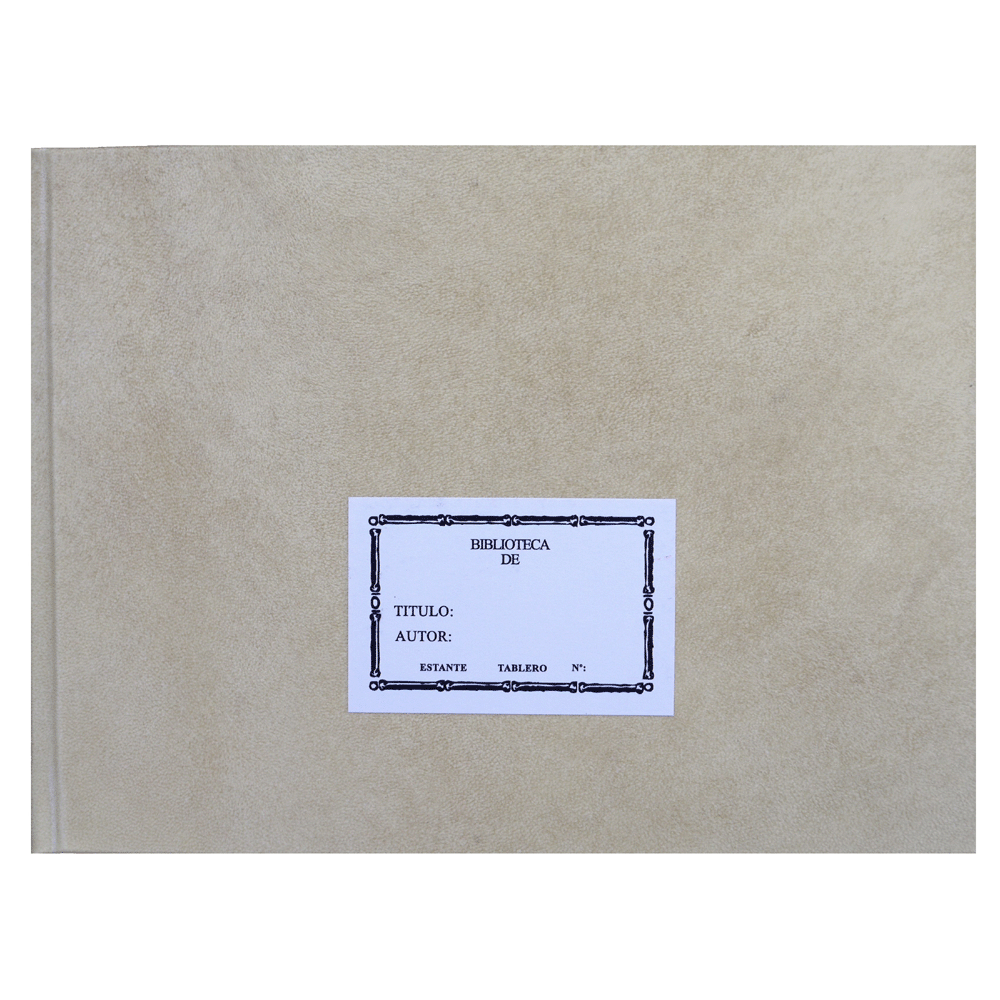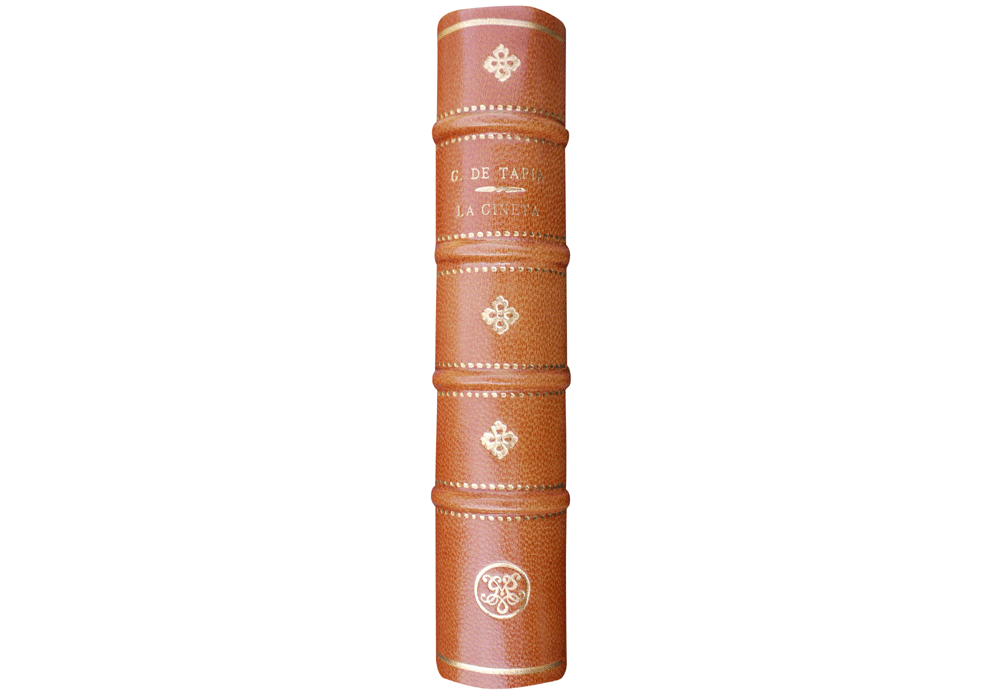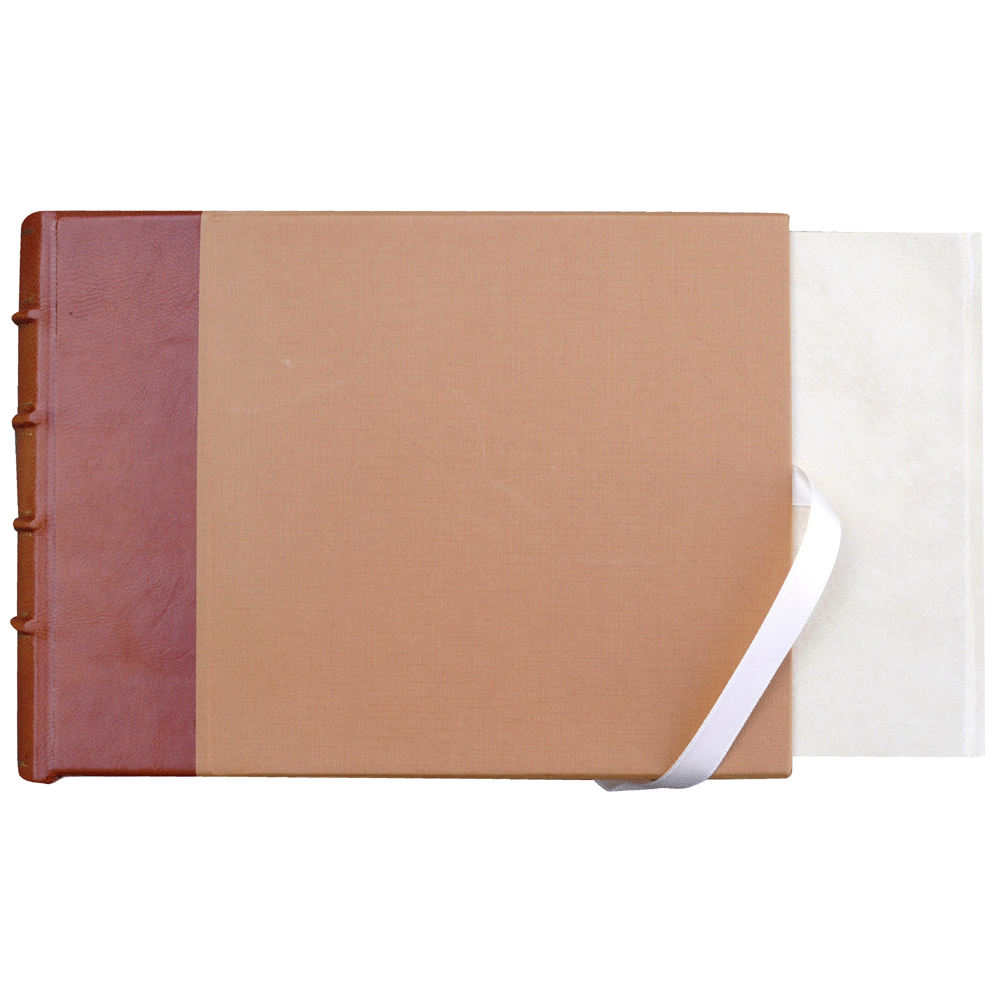|
|
|
| Seguir @vicentgarciaedi Twittear |
|
vgesa |

|
|
|
Synopsis: José de Pellicer de Tovar, a chronicler of the King, and in charge of censuring this work, said that the author Gregorio de Tapia y Salzedo, “was more worthwhile of esteem and appreciation than of censorship" and he justifies that "because with such elegance the Castilian language can be so grand, deals with a difficult to talk about subject, what is the teaching of a gentleman applying to practice the inaccessible precepts of theory, and reduces to method the charm of school, tying the precise laws, both the irrationality of a horse and the punctuality of the horse rider. Not only shows what was written but proves it in drawing, cooperating with the studying, fountain pen and a burin. Novelty and success run side to side…” We think there is no need for any other introduction. An odd copy because of its landscape format; with the text framed by a double line. It was wonderfully presented with traced engravings, some of them with the signature of María Eugenia de Beer, initials and small ornaments; managing a beautiful display with round and italic lettering, with some running tittles and capitals and small capitals, and decoys in every page. This work is dedicated to Prince Baltasar Carlos, whose traced portrait, when he was 14 years old is being shown before the inscription. Antonio Palau y Dulcet mentioned in his Manual del librero hispanoamericano, referring to the copies of this work. "This book is sought after because it belongs to horse-riding and bull collections". A magnificent bite for bibliophiles.
|
IBIC Rating: |
||
|
AC History of art / art & design styles |
1D Europe
|
|



